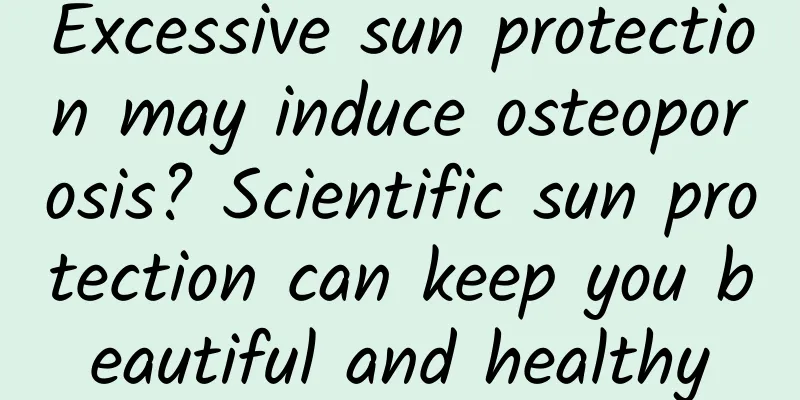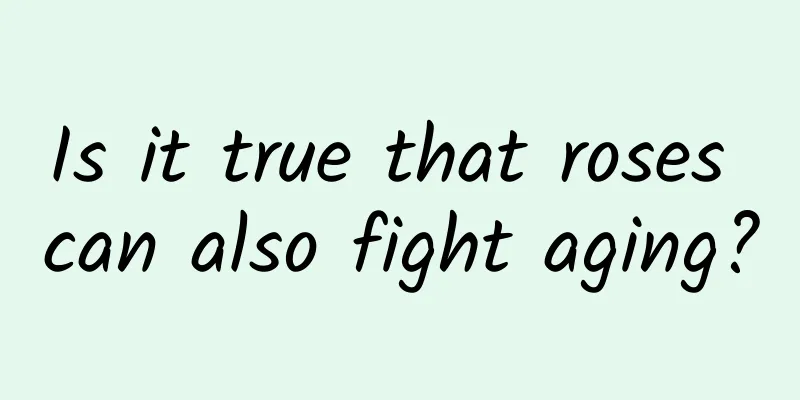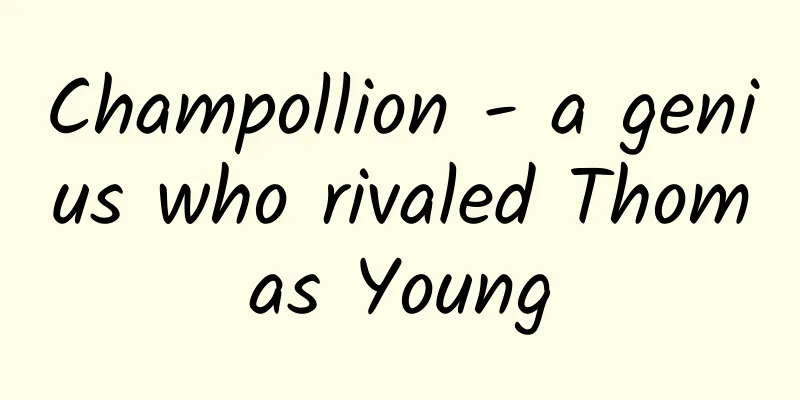Excessive sun protection may induce osteoporosis? Scientific sun protection can keep you beautiful and healthy

|
Umbrellas, sunscreen, sun-protective clothing, sun hats, sun-protective sunglasses, sun-protective masks, sun-protective sleeves... As soon as summer arrives, there are endless sunscreen products on the market, which makes people dazzled. In order to avoid getting tanned, beauties have turned into "beekeepers" and go out fully armed. Little do they know that excessive sun protection can also bring harm! Sunscreen products (Source: pixabay.com) Recently, the topic of "excessive sun protection may induce osteoporosis" has become a hot topic, triggering widespread reading and discussion. It turns out that Ms. Lin from Zhejiang has always been afraid of sun exposure and rarely stays outdoors. She always wears sunscreen, parasols, sunglasses, and sun-protective clothing when she goes out. In addition, she lacks exercise and consumes too much caffeine every day. These factors combined to cause this young lady to suffer from osteoporosis. Screenshot of Weibo hot search Why do we need sunscreen? This starts with the structure of our skin. Our skin can be divided into the epidermis, dermis and subcutaneous tissue. The epidermis is the outermost layer of the skin, with an average thickness of only 0.2 mm, and is the protective barrier of the human body. The dermis is the direct factor that determines whether our skin is tender and elastic. It is mainly composed of collagen and elastic fibers and is responsible for transporting moisture and nutrients to the epidermis. Physiological structure of the skin (Source: dashngu.com) In addition to natural skin aging, photoaging (also known as ultraviolet radiation) is the biggest culprit for skin wrinkles, aging, sagging and dark spots. Simply put, in addition to visible light, sunlight also includes ultraviolet and infrared rays that are invisible to the naked eye. The ultraviolet rays in sunlight cause our skin to photoage. Ultraviolet rays can be further divided into long-wavelength UVA, medium-wavelength UVB and short-wavelength UVC. Among them, UVC is generally blocked by the ozone layer and cannot reach the earth's surface. Although UVB can promote mineral metabolism and the formation of vitamin D in the body, long-term or excessive exposure can cause redness, swelling, heat and pain on the skin. In severe cases, blisters or peeling may occur. The sunburn we usually talk about is caused by UVB. In summer and afternoon, UVB becomes particularly strong, so we should try to avoid going out in the afternoon on a hot summer day. UVA is the most penetrating type of ultraviolet light. It can penetrate glass into the room and car, reach the dermis of the skin, destroy elastic fibers and collagen fibers, generate melanin, darken the skin, and is the most harmful to the skin. Some people may think that sunscreen is not needed in rainy weather. This idea is wrong. Clouds can block most of the UVB in ultraviolet rays, but the strong penetrating UVA is not weakened much and can still penetrate the skin. Therefore, sunscreen is still needed even on cloudy days without the sun. Ultraviolet radiation (Source: drawn by the author) The scary thing about photoaging is that it is irreversible. The New England Journal of Medicine once published a case: a truck driver with 28 years of driving experience, because his left face was closer to the car window and received more sunlight, over the years, the left half of his face had more wrinkles, thicker and looser skin, and the aging condition was more serious than the right side of his face. Comparison of driver's facial shots (Source: nejm.org) In addition, studies have shown that ultraviolet damage to the skin is also one of the causes of skin cancer. Therefore, we must strengthen our awareness of sun protection in our daily lives, not only for our own beauty, but also for the health of our skin! Why does excessive sun protection increase the risk of osteoporosis? We often hear that sunbathing can supplement calcium. This statement is scientific but not rigorous. Because ultraviolet B (UVB) in sunlight can act on human skin, 7-dehydrocholesterol is converted into vitamin D, which is absorbed into the blood and metabolized by the liver and kidneys to become active vitamin D. This active vitamin D can promote calcium and phosphorus absorption and directly adjust bone metabolism, thereby achieving the effect of calcium supplementation and preventing rickets, osteoporosis and other diseases. Studies have shown that although vitamin D can be supplemented partially through food, about 80% still needs to be synthesized by the body through the above-mentioned ultraviolet radiation pathway. If you overuse sunscreen, it is equivalent to directly cutting off the supplementary synthesis pathway of light. Therefore, in order to prevent osteoporosis, we should pay attention to proper sun exposure, pay attention to calcium intake in the daily diet structure, and also exercise more to build a good bone foundation. How to achieve sun protection scientifically? The United Nations World Health Organization (WHO) advocates the ABC principles of sun protection: A: Avoid, avoiding the sun and not being exposed to the sun is the best sun protection. B: Block, cover, preferably use hard sunscreen such as clothes, hats and umbrellas to minimize exposure to the sun. C: Cream, sunscreen. When A and B cannot meet the sun protection needs, use C to supplement it. Based on this principle, we can come up with some scientific sun protection suggestions: 1. Try to avoid outdoor activities during the peak sunshine hours in summer (generally between 10 am and 4 pm) to avoid high-intensity sunlight. 2. Use parasols and sun-protective clothing correctly. Hard sunscreen is the most effective way to protect against the sun. Parasols and sun-protective clothing are both hard sunscreens and should be our first choice for sun protection. When choosing hard sunscreen products, pay attention to the sun protection factor. Only by purchasing regular and professional sunscreen products can you effectively protect against the sun. For example, the UPF value (ultraviolet protection factor) of sun-protective clothing can be found on the clothing label. my country's "Evaluation of the UV Protection Performance of Textiles" stipulates that only when the UPF value of a product is greater than 30 and the UVA transmittance is less than 5%, it can be called an "ultraviolet protection product." 3. Apply sunscreen correctly When choosing a sunscreen product, you should look at the SPF value and PA value. The SPF value is a number that indicates the time range in which ultraviolet rays will not harm the skin, and the PA value is a number that indicates the product's ability to protect against long-wave ultraviolet rays. However, the larger the two indicators, the better. We should choose the protection level that suits us according to our environment and the intensity of ultraviolet rays, and scientifically select the appropriate sunscreen. Sunscreen (Source: pixabay.com) As for how to sunbathe scientifically, we should try to choose to sunbathe in the morning and evening. At this time, the sunlight is not "toxic", which can not only allow the body to receive sunlight, but also avoid sunburn. In addition, we should not sunbathe simply for the sake of sunbathing. We can combine exercise and sunbathing and increase the time of outdoor exercise, which can not only meet the time demand for sunbathing, but also exercise the body. It is recommended to exercise outdoors in the early morning or evening (Source: pixabay.com) refer to: 1. Oktay Arda, Nadir Göksügür, Yalçın Tüzün. Basic histological structure and functions of facial skin[J]. Clinics in Dermatology, 2014, 32: 3–13. |
<<: Why do we put mosaics on the eyes?
Recommend
Google's official MVP sample code reading notes
Unraveling the project structure According to int...
NetEase’s popular H5 interactive gameplay!
In the early years, H5 was NetEase’s hit H5 inter...
"Lifestyle diseases" have become the number one killer of health! The secret to prevention is just these 6 words
In 1974, Canadian scholars attributed death and d...
Lizhi APP Product Analysis
This article aims to analyze the current status o...
“Wildfires cannot be extinguished, spring breezes will bring them back to life” It turns out that this is because…
When it comes to wildfires, many people will thin...
I change my teeth every 76 days, just to eat
The importance of teeth to us humans is self-evid...
Traffic analysis in fission growth mode
Fission growth has always played an important rol...
Have machines taken away the jobs of workers in home appliance companies?
Today's jobs may be taken away by machines to...
Testing experience of Swift framework on Xcode 6
[[121714]] I spent most of the summer figuring ou...
Why are my allergy symptoms so severe but cannot be diagnosed?
Diagnosing allergies depends not only on immunolo...
Today is Grain Full: Wheat ears are just beginning to grow and mulberry leaves are growing
The sky is already dawning before the rooster cro...
Case Study: Analysis of Jiliwawa’s Distribution System
Jiliwulala is an online children's enlightenm...
User operation, how to formulate user rebate strategy?
Since the incentive rebate for reading has been v...
This generation of young people is using "hugging trees" to solve internal friction
Friends, have you ever heard of "tree huggin...
Activity operation: How to save a fission activity that gained 1,000 followers but lost 900?
There are more and more fission activities, but t...









